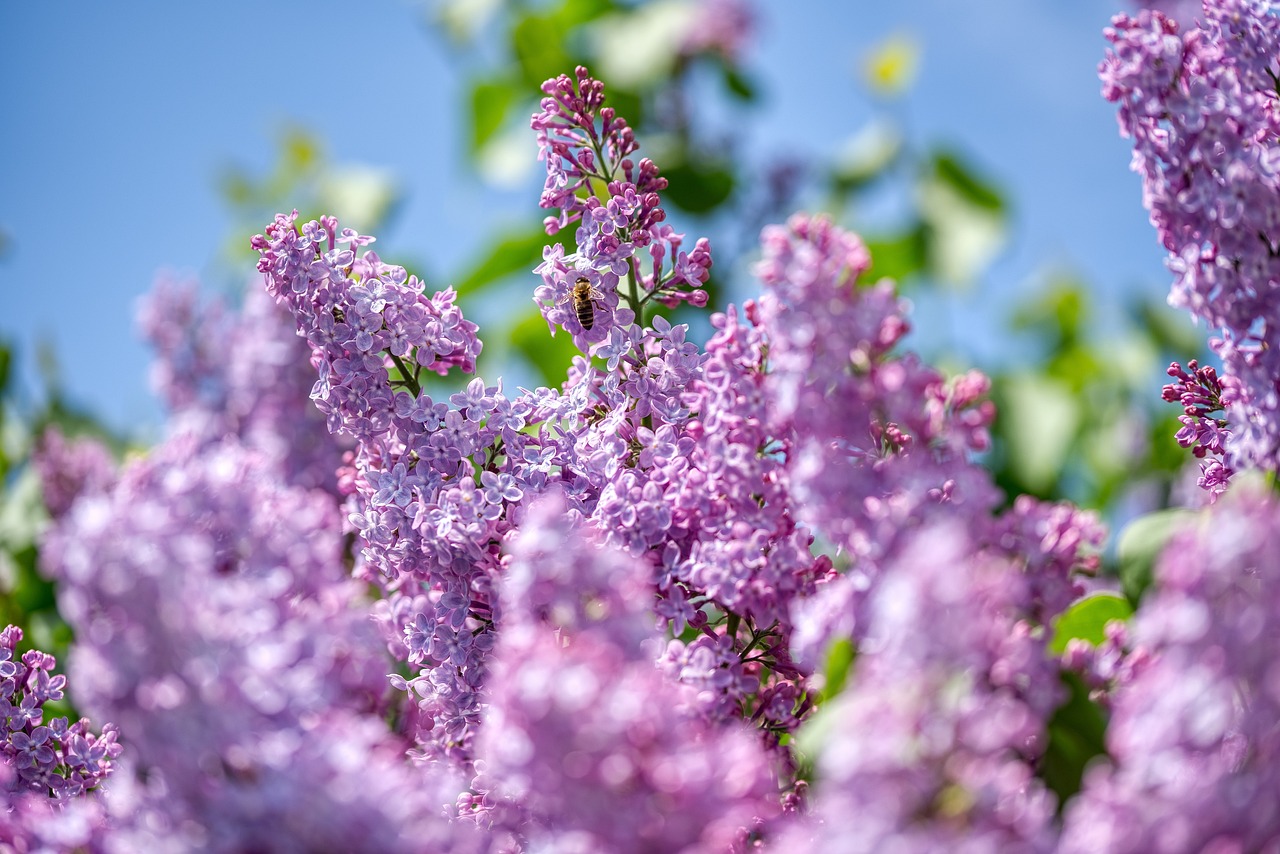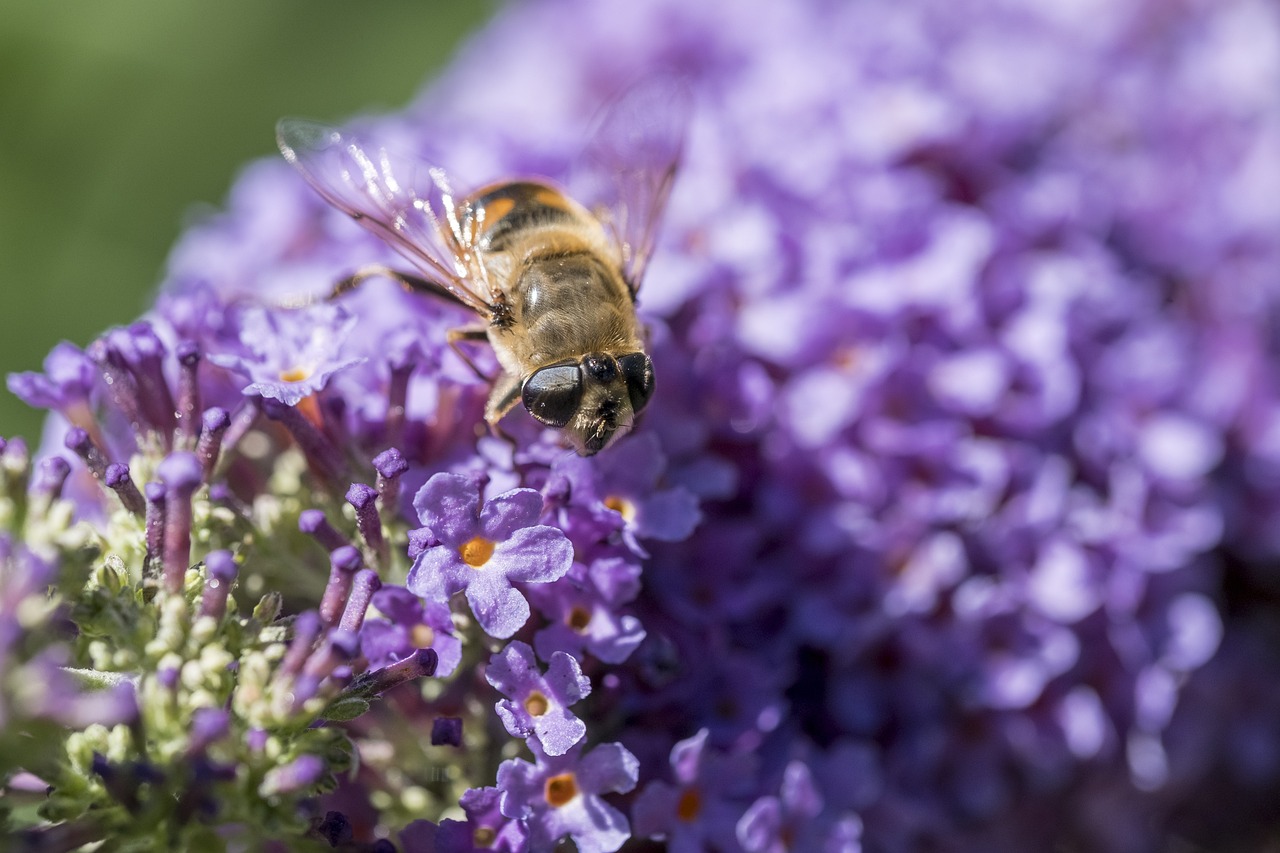“`html
Understanding Lilac: The Enchanting Flower of Spring
The lilac is more than just a pretty flower; it is a symbol of love, rejuvenation, and the beauty of nature. Known for its fragrant blooms and stunning appearance, the lilac is a favorite among gardeners and flower enthusiasts worldwide. In this blog post, we will explore everything you need to know about lilacs, including their natural habitat, characteristics, meanings, and how to cultivate them effectively.
The Basics of Lilac
Natural Habitat and Characteristics
Lilacs are native to the temperate regions of Eastern Europe and Asia. They thrive in areas with cold winters and warm summers, making them perfect for gardens in similar climates. The lilac is a deciduous shrub, which means it loses its leaves in the fall and regrows them in the spring. They are known for their heart-shaped leaves and clusters of small, tubular flowers that come in a variety of colors, including purple, pink, white, and blue.
Symbolism and Meaning
The lilac holds a special place in the language of flowers. It is often associated with first love and youthful innocence, making it a popular choice for weddings and romantic occasions. Each color of lilac has its own significance: purple lilacs symbolize the first emotions of love, while white lilacs represent purity and innocence.

How to Grow Lilacs Successfully
Choosing the Right Location
When it comes to planting lilacs, location is key. These plants require full sun to bloom optimally, so choose a spot in your garden that receives at least six hours of direct sunlight each day. Additionally, lilacs prefer well-drained soil, so ensure that your chosen site does not retain excess water.
Planting and Care Tips
To plant lilacs, dig a hole that is twice as wide and just as deep as the root ball of the plant. Place the lilac in the hole, making sure that the top of the root ball is level with the ground. Fill the hole with soil and water thoroughly. Lilacs need regular watering, especially during dry spells, but be careful not to overwater them.
Pruning and Maintenance
Pruning is an essential part of lilac care. It helps to promote healthy growth and abundant blooms. The best time to prune lilacs is immediately after they finish blooming in the spring. Remove any dead or damaged branches, and thin out the plant to allow more sunlight and air circulation.

Additional Tips for Lilac Enthusiasts
Common Pests and Diseases
While lilacs are relatively hardy plants, they can be susceptible to pests such as aphids, borers, and powdery mildew. Regularly inspect your lilacs for signs of these issues and treat them promptly with appropriate measures. Organic solutions like neem oil can be effective against many common garden pests.
Propagating Lilacs
If you want to expand your lilac collection, you can propagate them through cuttings or by separating suckers from the base of the plant. Both methods require patience and care but can result in healthy, new lilac plants.
Conclusion
Lilacs are a delightful addition to any garden, offering beauty, fragrance, and symbolism that enhance your outdoor space. By understanding their needs and providing the right conditions, you can enjoy these lovely shrubs for years to come.
Further Reading
For more detailed information about growing lilacs and other gardening tips, visit Gardeners.com. For additional plant care guides, check out our Plant Care Guides section.
“`
